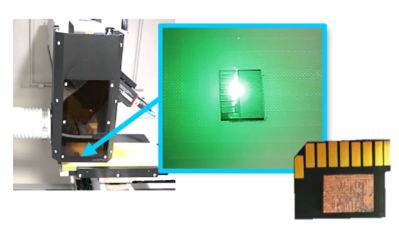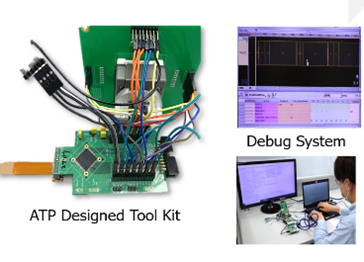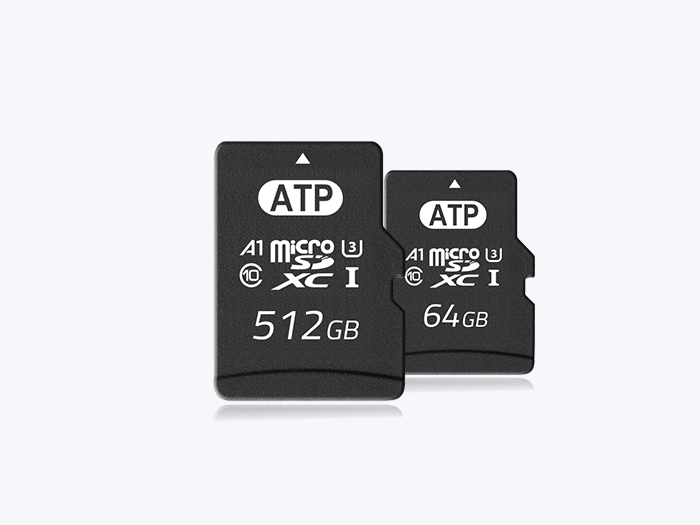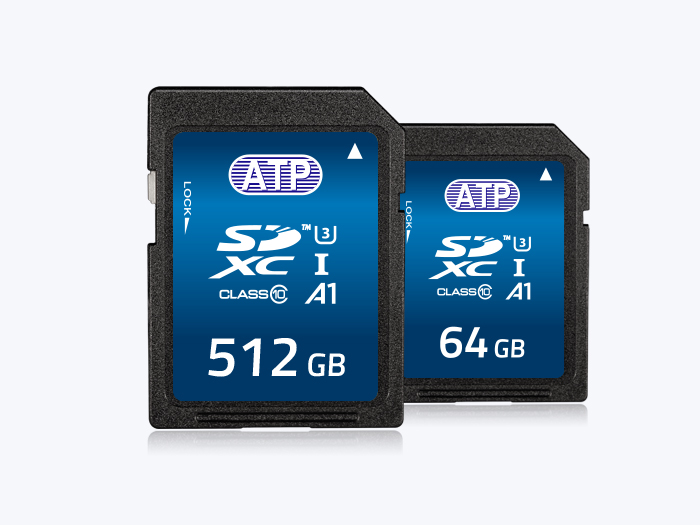As mentioned in Part 1 Endurance, Latency, and Workload Considerations for Choosing Dashcam Memory Cards, many user behaviours may cause NAND storage failure, such as long-term recording, environmental conditions, or power supply instability.We present the Three most frequent causes of data corruption, their fixes, and an enhanced analysis approach based on NAND technology and user behaviours:
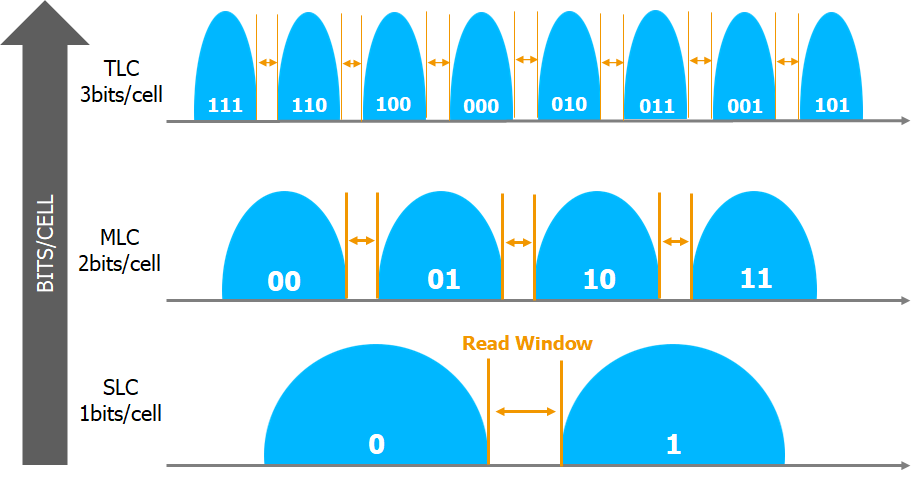
Figure 1: bits/cell challenge of smaller read window creates read inaccuracies
ATP Solutions: Read Retry + Auto Read Calibration (ARC)
In order to recover from bit errors and read the proper information, it is necessary to optimize the reference voltage inside the read window. As a result, the effectiveness of the Read Retry and Auto-Read-Calibration (ARC) mechanisms is demonstrated below.

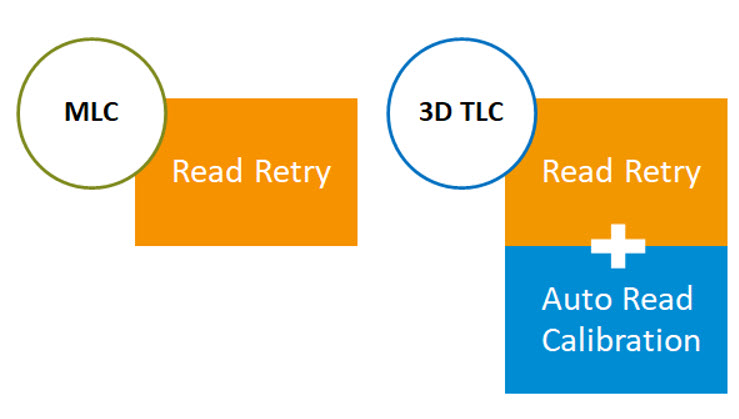
Figure 2: voltage distribution is dynamic Figure 3: 3D NAND requires more calibration levels than planar NAND
ATP SD cards automatically activate Read Retry when the voltage distribution shifts. Read Retry is a scale of voltage calibration method to find a reference voltage for data reading. If the read still fails for bit errors beyond the ECC threshold and is unable to be judged correctly by the read retry scale, a subtle and more precise voltage adjustment, Auto Read Calibration (ARC), will be applied.
This feature can be likened to listening to a radio channel. For example, you want to listen to the channel 93.6 kHz without noise. Read Retry allows you to set the knob to 93 kHz. With Read Retry plus ARC, you can make a precise adjustment to 93.6 kHz.
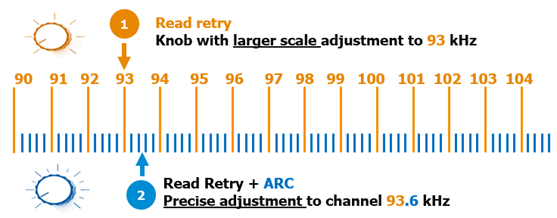
Figure 4: Read Retry plus ARC can make a precise adjustment
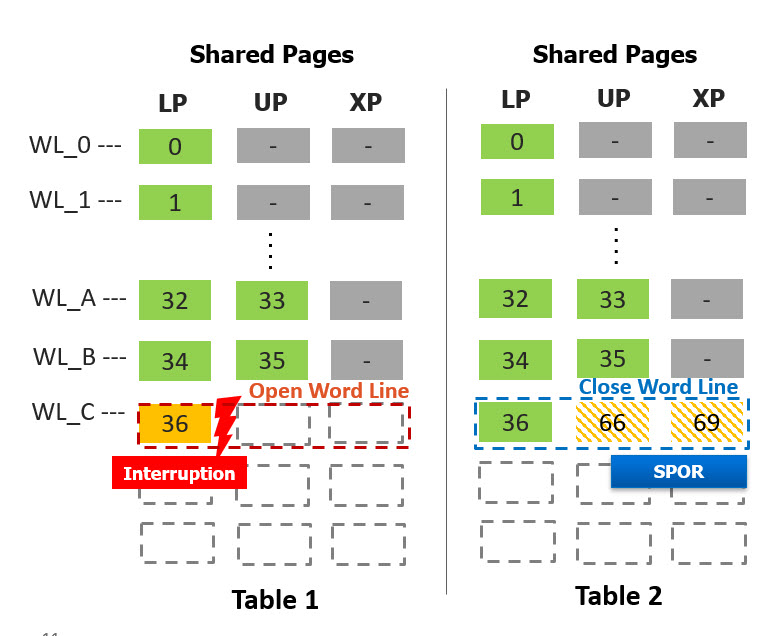
Figure 5: SPOR firmware fills in the remaining cells with a dummy pattern.
Advanced Card Analysis for SiP (System-In-Package) Memory Cards
Memory cards are IP67/IP57-certified and manufactured using System-in-Package (SiP) wafer/die process that integrates components within a single package, making it resistant to water/dust/shock. However, SiP protection also makes memory cards difficult to perform component analysis. ATP’s solution is the Analysis Methodology for SiP Memory Cards, which features a uniquely designed substrate and debug tool that make this mission "possible."
Figure 6: ATP Analysis Methodology for System-In-Package Memory Cards
For more information, please link to YouTube: ATP Mission Impossible Video.
Why Dashcam Manufacturers Should Consider Bundling ATP High-Endurance Memory Cards
Conclusion and Key Takeaways

